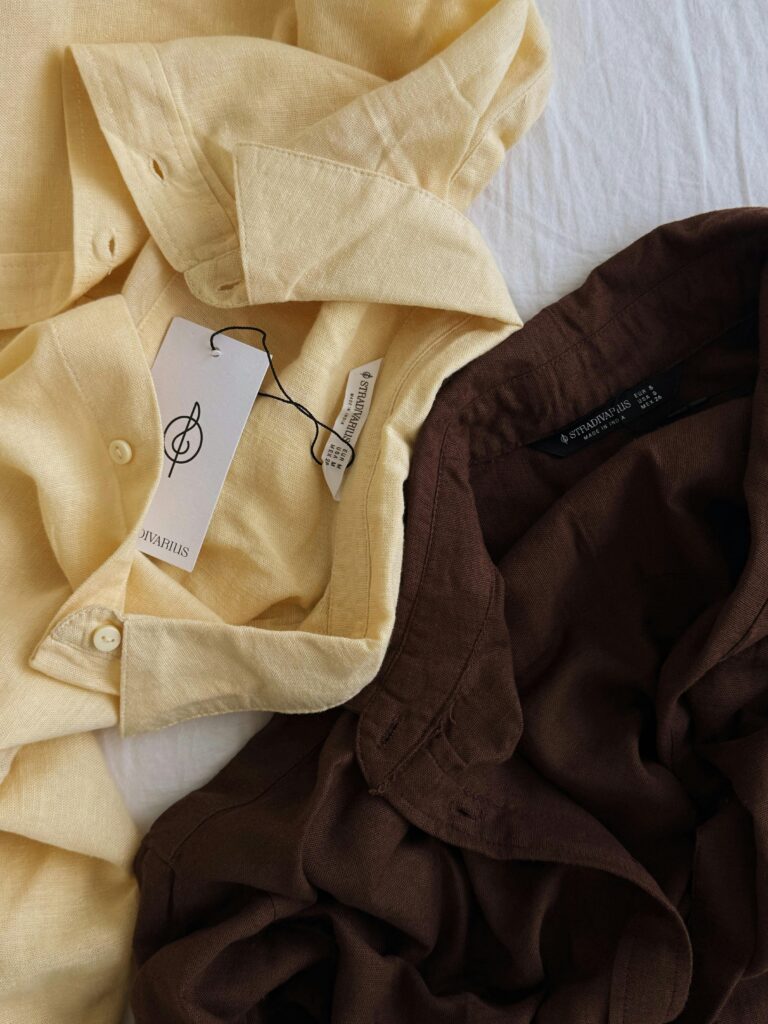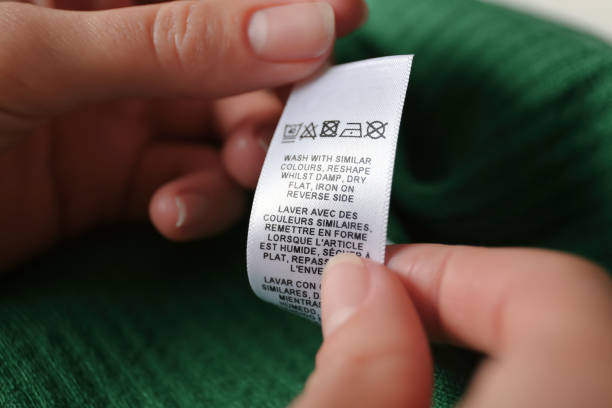Decode Ethical Fashion Labels & Make Greener Wardrobe Choices
Building a sustainable wardrobe starts with something simple yet powerful—reading your clothing labels. These small tags hold big insights into the environmental impact of what you wear. If you’re looking to shop more consciously, understanding ethical fashion labels is essential.

1. Check the Fabric Content
The first thing to look at is the material. Natural fibers are generally more eco-friendly than synthetic ones:
- Better choices: Organic cotton, hemp, bamboo, linen
- Avoid when possible: Polyester, nylon, acrylic (they’re petroleum-based and shed microplastics)
Why does this matter? Natural fabrics biodegrade, require less energy to produce (especially when organic), and are usually safer for your skin and the planet.
2. Understand Sustainability Certifications
When it comes to ethical fashion labels, certifications are your best guide. Look for these trusted tags:
- GOTS (Global Organic Textile Standard): Ensures organic status from harvesting to manufacturing
- OEKO-TEX®: Certifies the fabric is tested for harmful substances
- Fair Trade Certified™: Guarantees fair wages, safe working conditions, and sustainable practices
- Bluesign®: Focuses on reducing environmental impact in textile production
These third-party labels validate that your garment was made in a socially responsible and eco-conscious way.
3. Read the Care Instructions

How you care for clothes affects their environmental footprint. On the label, watch for:
- “Machine wash cold” – Saves energy
- “Line dry” – Reduces carbon emissions
- “Do not dry clean” – Avoids toxic chemicals often used in dry cleaning
- “Gentle cycle” – Preserves fabric, reducing the need to replace items often
Following these eco-conscious laundry tips not only prolongs your garment’s life but also minimizes water and electricity usage.
4. Know the Country of Origin
Labels often state where a garment was made. Choosing clothes produced locally or regionally can reduce the carbon footprint associated with global shipping. It may also support artisan or small-scale ethical production, especially when paired with verified certifications.
5. Beware of Greenwashing
Not all “eco,” “green,” or “conscious” claims are legit. Without recognized sustainability labels, these words are just marketing. Always look for official ethical fashion certifications rather than buzzwords.
Final Thoughts: Read Before You Buy
Being able to read and understand clothing labels empowers you to make smarter, more sustainable fashion choices. Every ethical purchase supports better labor practices, protects ecosystems, and brings us one step closer to a cleaner fashion industry.
So next time you shop, flip the tag. The story behind the label matters






